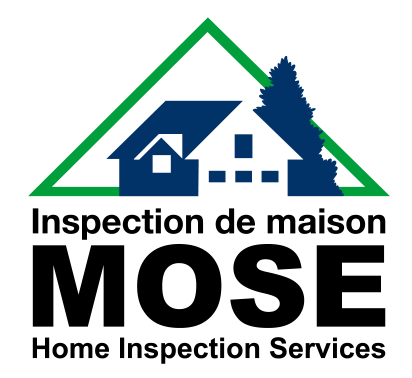Do You Know What Type of Insulation Is in Your Attic?
Many homeowners have good knowledge about the interiors of their home, but when it comes to things like their attic, they may be may not be as informed. An attic is often a mysterious place, where homeowners rarely venture, and if they did, who knows what they would find there. What kind of insulation is in a home’s attic is often a surprise.
There are different types of attic insulation and they each have their pros and cons. Some types of insulation are found in older homes and some of them may no longer be used. New types of insulation are used in newly built homes and might be more ecologically friendly. It’s a good idea to know what is in your attic. Let’s look at some of the different types of insulation.

Fiberglass
The most well-known of fiberglass insulation is the one that was marketed in pink, so it is easy to spot in an attic, although there are varieties that come in other colours. Fiberglass is an effective insulation material because glass is not a good conductor of heat. It stops the conduction of heat through solid objects, such as walls. It is one of the materials that has been used for insulation the longest and is still being used.
It has a good overall R-value, but that value can be lost if the fiberglass gets wet or is compressed. A high R-value represents higher insulating power. Fiberglass also has 20%-30% recycled content. It comes in soft batts or it can be sprayed.
Mineral wool
In many ways, mineral wool is a better insulation choice. It has a higher R-value and contains 70% of recycled content. It is over three times denser making it better for sound insulation and it can be easier to install. It does not absorb moisture, so mildew or mold is not a problem and it is fire-resistant. Also, because of the way a wool fiber is constructed, wool insulation can improve indoor air quality by removing dust particles that can contain harmful chemicals like formaldehyde. However, it is more expensive and is not always as widely available. A
Vermiculite
Vermiculite is a natural mineral that was used as attic insulation in homes from the 1920s to the 1970s. It is silver-gold or grayish brown in colour and when it’s in its natural state, it is shiny and flat. If vermiculite becomes heated, it puffs up and creates pockets of air making it a great insulation material. It was a popular choice because it does not burn.
One of the issues with vermiculite is that it may contain asbestos. If a home has vermiculite in the attic, it should be tested by a professional to find out if asbestos is present. If asbestos is detected, it can be removed safely although this process can be complicated. Many homeowners are understandably upset when they find out that vermiculite is present in their attics, but it is important to remember that asbestos may not be present.

Cellulose insulation
Cellulose is made from 80% recycled newsprint, making it a good ecological choice. When it comes to the ability to insulate, it has a higher R-value than fiberglass. Moreover, cellulose is a better choice in cold climates such as our own because fiberglass loses up to 50% of its R-value in cold conditions. Cellulose is a great air blocker since it is blown in, covering all gaps, voids and cracks. Most heat loss in a home is through these types of cracks and gaps. The downside of cellulose insulation is that it is more expensive than other options.
Spray foam insulation
This type of insulation offers the highest R-value making the best choice for cold climate homes. When installed professionally, it covers all the nooks and crannies creating a perfect air barrier to prevent heat loss. The biggest disadvantage is the cost as it is the most expensive insulation option. Spray foam insulation should be performed by a professional, so not an ideal choice for a do-it-yourself handyman.
Homeowners should know what type of insulation is in their attics. It can lead to surprises if they have decided to sell their homes and discover, following the inspection, that there are issues to address. Some homeowners have expressed anger and disappointment when they are told that their homes have an unexpected type of insulation. To avoid these kinds of surprises, consider a pre-sale inspection by a professional home inspector such as Mose Home Inspection. Our goal is to make sure you know everything you need to know about your home.

